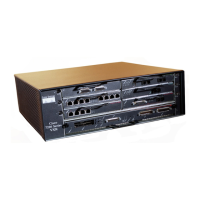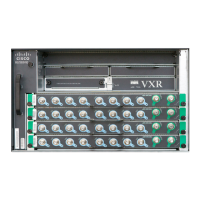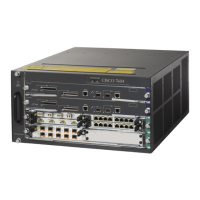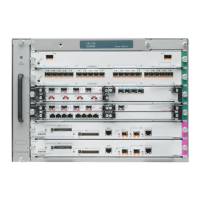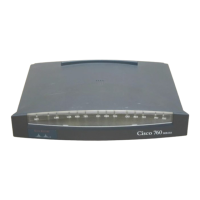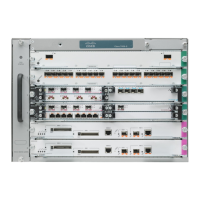Send document comments to nexus7k-docfeedback@cisco.com
6-18
Cisco Nexus 7000 Series NX-OS Interfaces Configuration Guide, Release 5.x
OL-23435-03
Chapter 6 Configuring Port Channels
Configuring Port Channels
Ensure that you are in the correct VDC (or use the switchto vdc command).
All Layer 2 member ports must run in full-duplex mode and at the same speed.
SUMMARY STEPS
1. configure terminal
2. interface type slot/port
3. switchport
4. switchport mode trunk
5. switchport trunk {allowed vlan vlan-id | native vlan-id}
6. channel-group channel-number [force] [mode {on | active | passive}]
7. show interface type slot/port
8. copy running-config startup-config
DETAILED STEPS
Command Purpose
Step 1
configure terminal
Example:
switch# configure terminal
switch(config)#
Enters configuration mode.
Step 2
interface type slot/port
Example:
switch(config)# interface ethernet 1/4
switch(config-if)
Specifies the interface that you want to add to a
channel group, and enters the interface configuration
mode.
Step 3
switchport
Example:
switch(config-if)# switchport
Configures the interface as a Layer 2 access port.
Step 4
switchport mode trunk
Example:
switch(config-if)# switchport mode trunk
(Optional) Configures the interface as a Layer 2 trunk
port.
Step 5
switchport trunk {allowed vlan vlan-id |
native vlan-id}
Example:
switch(config-if)# switchport trunk
native 3
(Optional) Configures necessary parameters for a
Layer 2 trunk port.
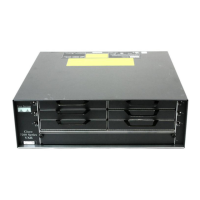
